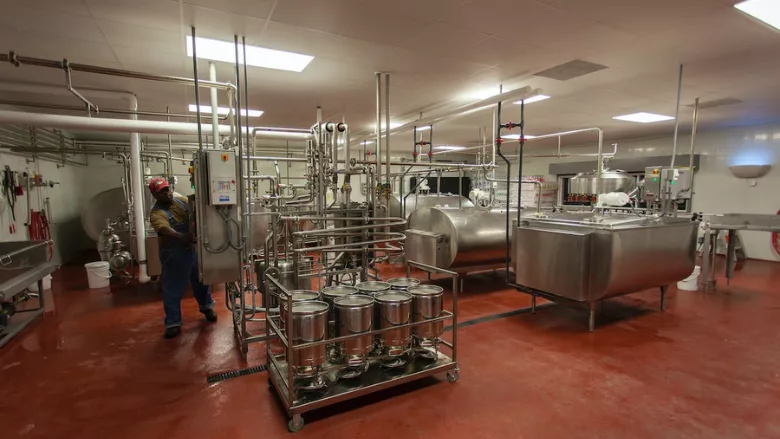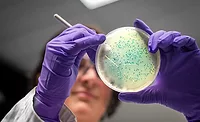RNA-Based Project to Study AMR Behaviors of Listeria Biofilms in Dairy Processing

Credit: Mark Stebnicki via Pexels
Teagasc—the Agriculture and Food Development Authority of Ireland—and the University of Veterinary Medicine of Vienna are collaborating on a project that will explore the genetic and physiological responses of Listeria monocytogenes to dairy environment conditions. Called the LmRNA project, the study aims to identify molecular targets for antibiotics, as well as critical steps of dairy production that trigger relevant genes, to develop improved strategies for preventing antimicrobial resistance (AMR).
Dairy processing environments encourage biofilm formation and the attachment of pathogens because of milk components absorbing into industrial surfaces. The presence of antibiotics and microorganisms in dairy processing also affect gene expression. As bacterial behavior is greatly affected by environmental factors, the project’s researchers will simulate L. monocytogenes biofilms that are found in dairy processing environments. Both single- and multi-species biofilms will be studied under different environmental conditions. The multi-species experiments will involve microorganisms that are identified as common in dairy processing through whole genome sequencing.
Due to the incomplete understanding of microbial behaviors provided by genomic characterization, the LmRNA project will focus on RNA to provide insight into the relationship between the potential information coded on the genome and the specific genes expressed at any given circumstance. The study will take three years to complete, beginning at UVM Vienna and finishing at Teagsac. Both parties will spend 18 months on the project.
Looking for quick answers on food safety topics?
Try Ask FSM, our new smart AI search tool.
Ask FSM →








